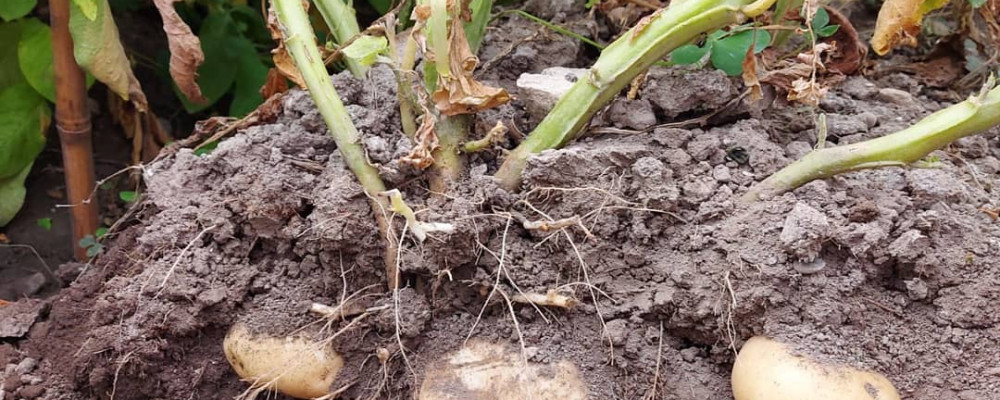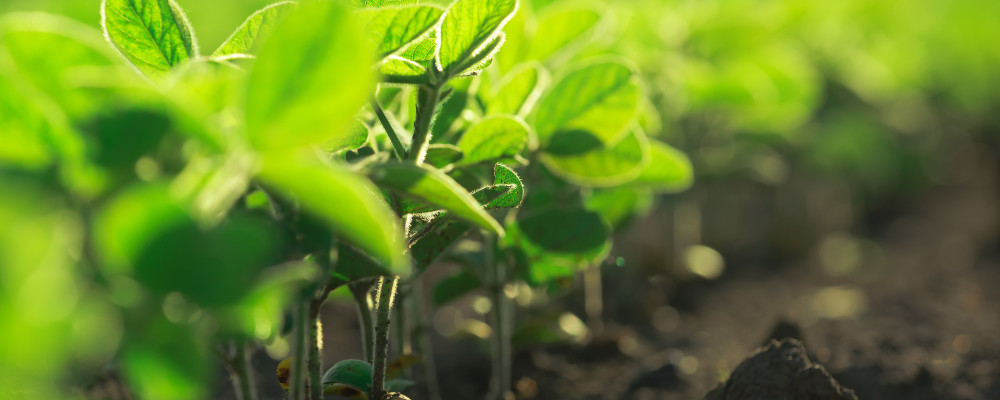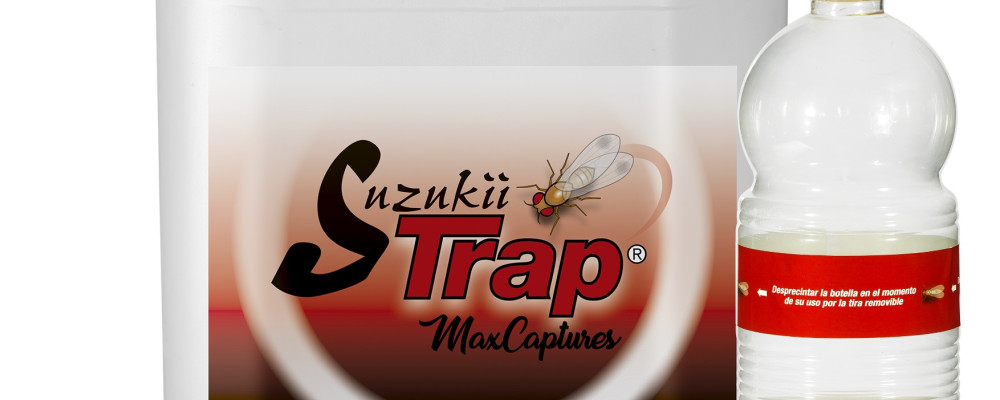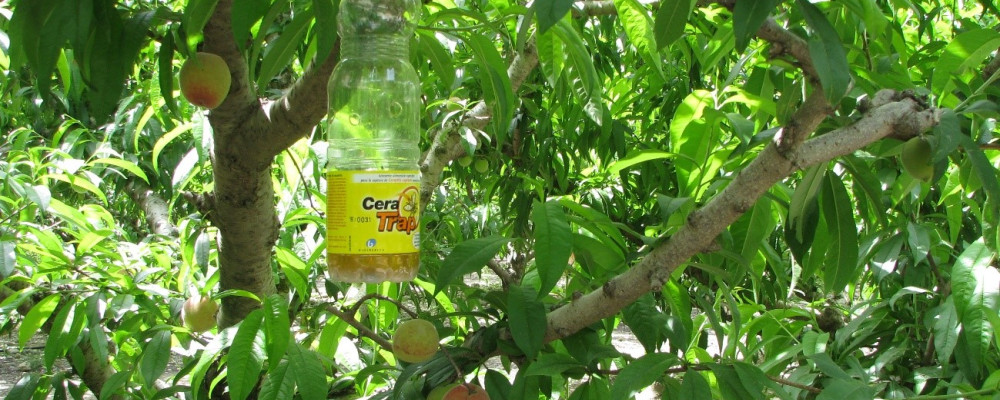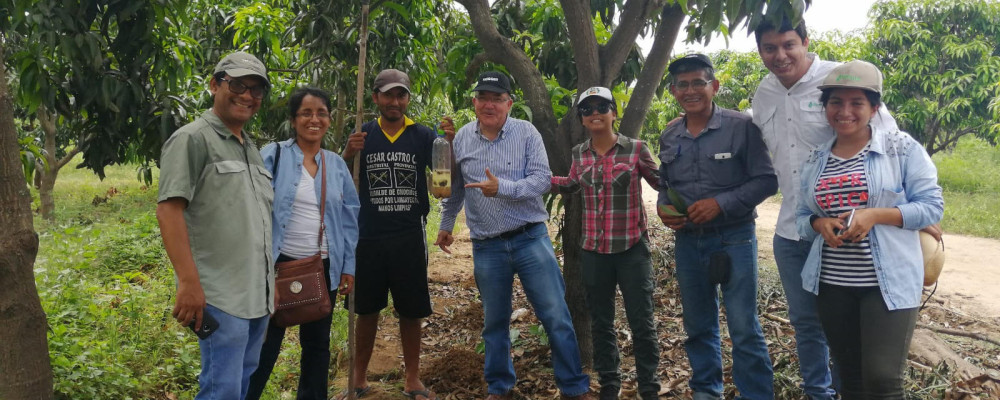Field Experience
Evaluation of the efficacy of SuzukiiTrap® Max Captures on Drosophila suzukii on blueberry
Evaluation of agronomic efficiency and Techincal feasibility of the use of AminoAlexin® in soybean crops
What benefit does the application of AminoAlexin® bring to soybean crops?
Evaluation of agronomic efficiency and Techincal feasibility of the use of Terra-Sorb® complex in soybean crops
What benefit does the application of Terra-Sorb® complex bring to soybean crops?
Experience of using Terra-Sorb® complex in corn against cold
Experience using Suzukii Trap® Max Captures in raspberry (in Huelva, Spain)
The area of Huelva is one of the largest producing areas of different types of berries in the Iberian Peninsula due to its climatic characteristics. In recent years, the spotted-wing fly (Drosophila Suzuki), that mainly attacks soft-skinned red fruits, has been introduced, leading to the need to carry out an exhaustive population monitoring in order to adapt the best pest control strategy.
Increases in production in industrial tomatoes in Portugal
The biological effectiveness of the biostimulant Equilibrium® versus the two market benchmarks based on seaweed was assessed. The results mark significant differences for the synergistic components of Equilibrium®.
More viable flowers, better setting, and better fruit fill with Equilibrium® in Costa Rica.
The addition of Equilibrium® to leaf applications of tomato crop nutrition programmes significantly increases not only the presence of viable flowers and the setting of later fruit but also prepares the plant for better fruit fill and widens the crop interval.
CERA TRAP®: a bioprotection solution for the control of fruit flies.
Mass trapping arose in Spain in the 90s as an effective alternative to the extensive application of insecticides which until then had been taken as the only affordable strategy to control fruit flies. Aerial or localised insecticide dusting programmes ended up unbalancing agricultural systems, harming useful fauna, and implies risks for the health of the applier and the end consumer. The use of liquid food lures like Cera Trap® has two added advantages. Liquid lures do not need to use any insecticide substance in their formulation or use. Since they work by emitting volatile protein compounds they tend to mostly attract females (reproductive agent and responsible for damage to the fruit) unlike sexual pheromone compounds which mostly attract males. In comparison to a programme of reiterated insecticide treatments, the strategy of mass trapping with Cera Trap® can significantly reduce the infestation on the plant as well as damage to fruit to an even lower level than the standard insecticide programme (e.g. synthetic pyrethrins) with the extra advantage of reducing chemical waste, the creation of resistance, and the economic and environmental cost of managing insecticide active substances as well. Recently, the mass trapping system has slowly been replacing programmes of recurring insecticide applications, turning into a complementary tool within integrated pest management (IPM) and offering an effective and economically viable option for the optimal control of fruit flies.

